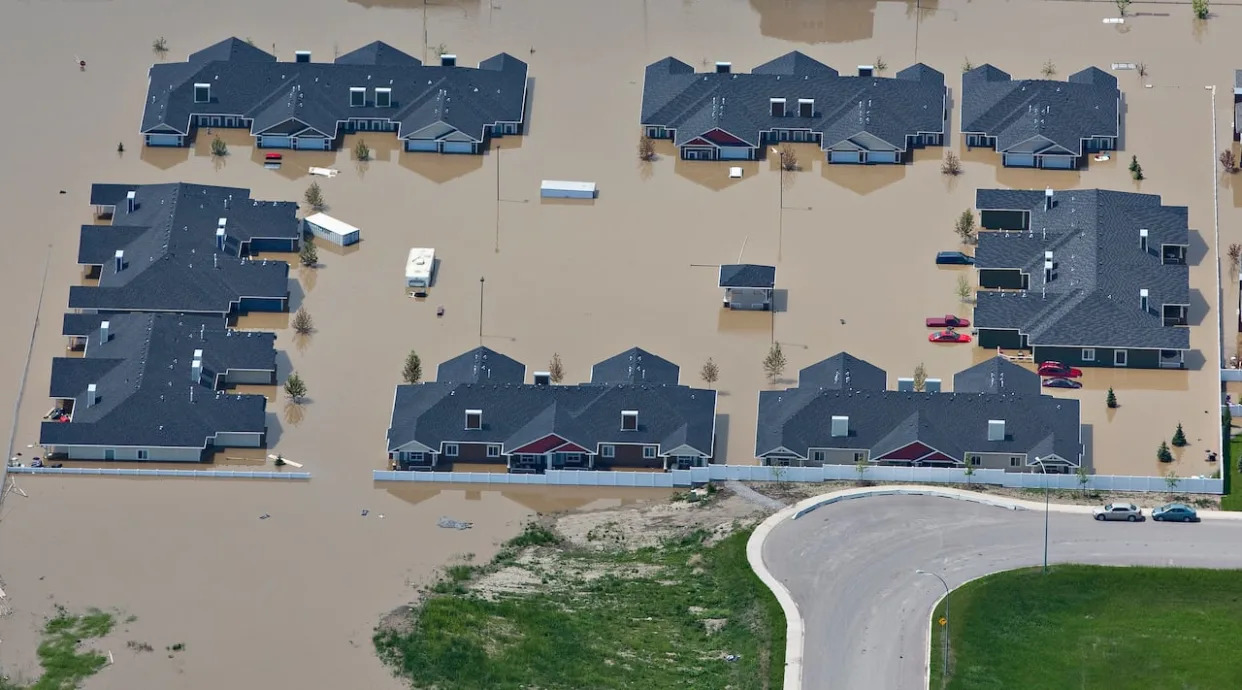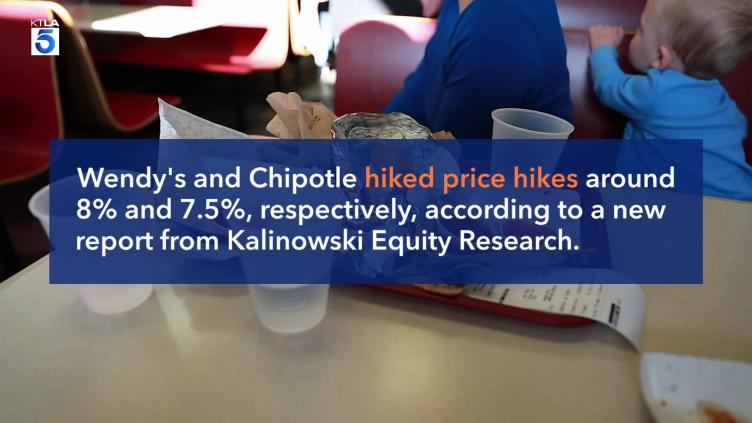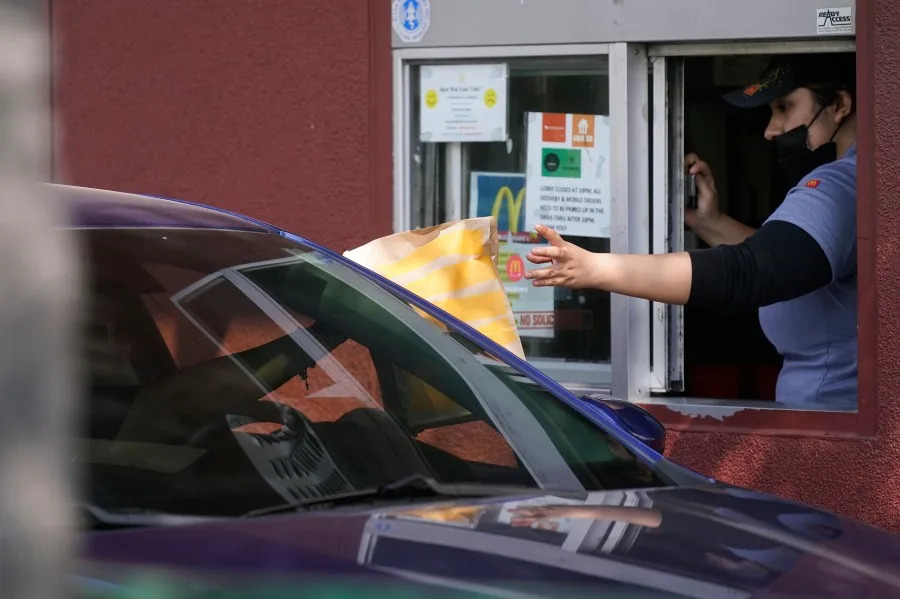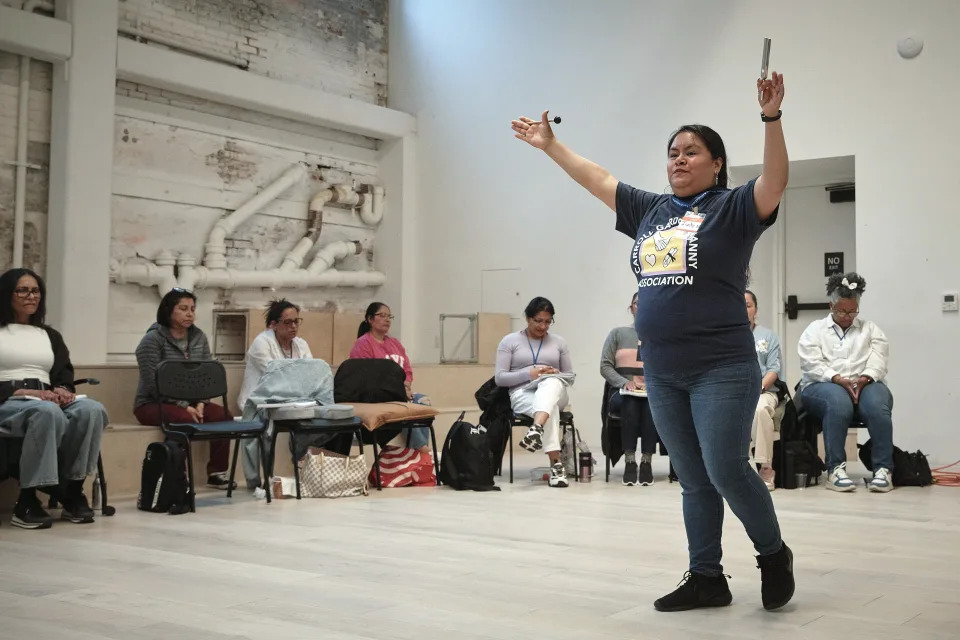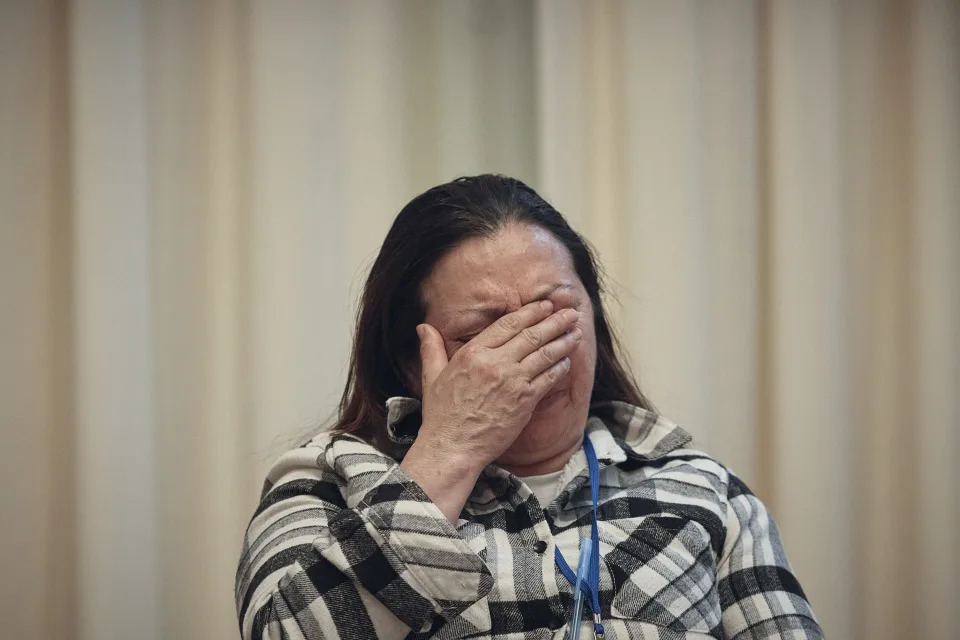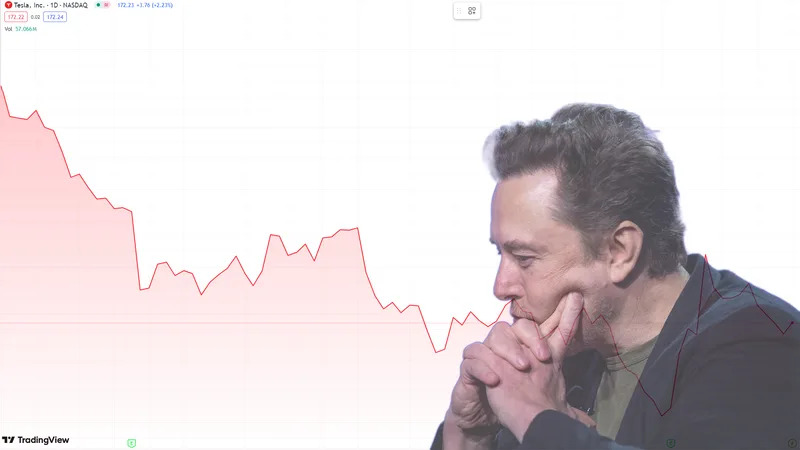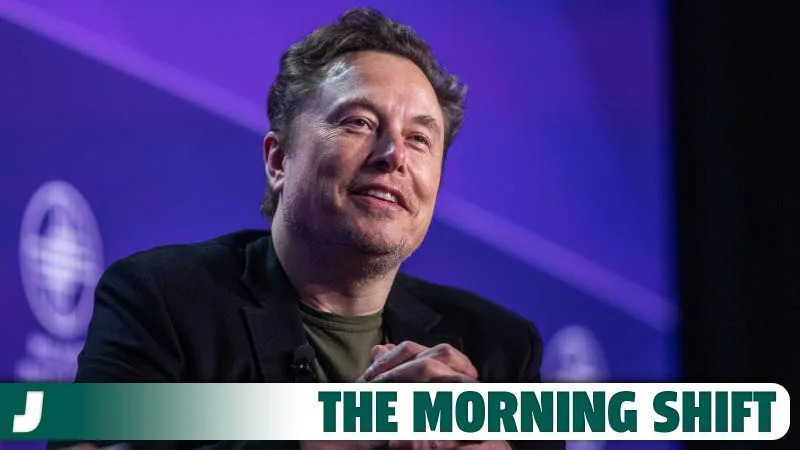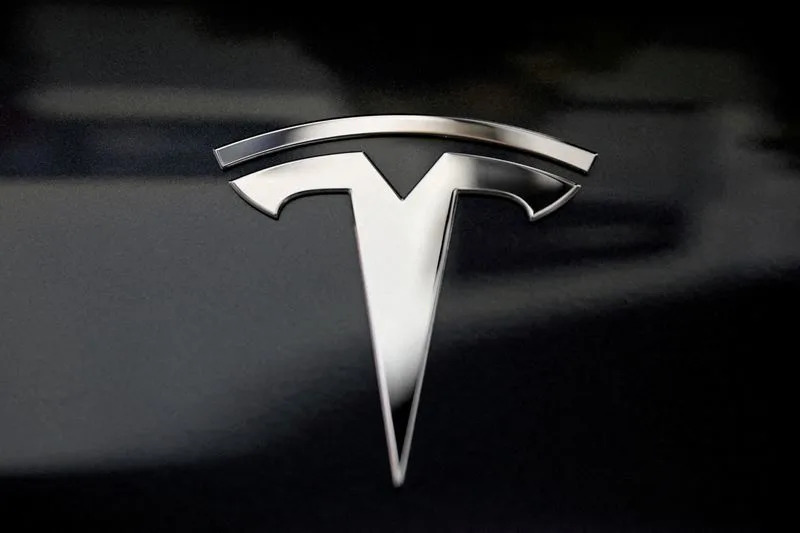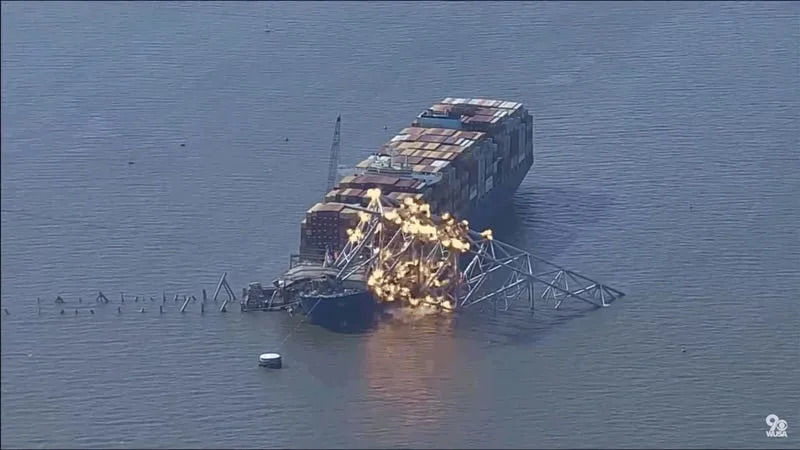Alex Wigglesworth
Tue, May 14, 2024

Avroh, left, Maya and Maryam were among the 18 California children suing the U.S. government over climate change. (Dania Maxwell / Los Angeles Times)
After a federal judge dismissed a landmark climate lawsuit filed by 18 California children against the U.S. Environmental Protection Agency, the youth plaintiffs plan to amend and resubmit their allegations, their attorneys say.
The children — who have lost homes in wildfires, suffered health problems from breathing polluted air, missed weeks of education due to climate change-related school closures and been forced to ration tap water due to unprecedented droughts — sued the EPA for allegedly violating their constitutional rights by allowing pollution from burning fossil fuels to continue despite knowing the harm it poses to kids.
Judge Michael Fitzgerald of the U.S. District Court for the Central District of California this month ruled the plaintiffs lacked legal standing to bring the suit because they did not show how the remedies they sought — including a declaratory judgment that their constitutional rights have been violated — would mitigate those harms.
“Plaintiffs have failed to demonstrate how a declaration regarding Plaintiffs’ rights under the Constitution and the legality of Defendants’ conduct, on its own, is likely to remedy these alleged injuries,” he wrote. The ruling granted the plaintiffs permission to amend their complaint by no later than May 20.
The co-executive director of Our Children’s Trust, an Oregon-based nonprofit law firm that represents the plaintiffs and has filed similar suits in other states, called the order unjust and said attorneys would be filing an amended complaint.
"When presented with a constitutional violation, there is no reason for a federal judge to throw up his hands and say nothing can be done,” Mat dos Santos, general counsel of Our Children's Trust, said in a statement. “In doing just that, this order tells children that judges have no power to hear their complaints. Courts do, in fact, have that power.”
Read more: Joshua Tree's celebrity rattlesnake wrangler wants to change how you see reptiles
The lawsuit — Genesis B. vs. EPA, filed in December on behalf of plaintiffs ages 8 to 17 at the time — calls climate change “the single greatest driver of the health of every child born today.” It alleges that the EPA has intentionally allowed the United States to become one of the world’s biggest contributors to the crisis, despite issuing report after report detailing its harms, particularly to children.
When the EPA runs economic analyses to decide how much pollution to permit going forward, it assigns less value to the lives of children because they aren’t income earners, the plaintiffs’ attorneys say. The agency also applies discount rates that place less value on the future benefits of controlling pollution than the present ones, according to the attorneys, who say these practices discriminate against children.
In addition to the EPA, the lawsuit also named as defendants EPA administrator Michael Regan and the U.S. federal government.
U.S. Department of Justice attorneys had petitioned the judge to dismiss the suit, arguing in part that the court did not have the authority to make sweeping public policy changes.
At a hearing earlier this month, Fitzgerald said he was inclined to side with the government, noting these decisions should rest with Congress and the executive branch.
“There are ways everyone can express their political views,” Fitzgerald said, noting that he volunteered for an elected official as a child.
In his ruling last week, Fitzgerald compared the case with Juliana vs. U.S., another climate action, filed in federal court in Oregon, in which 21 youth plaintiffs alleged the government violated their constitutional rights by promoting fossil fuel use despite knowing its harms. The 9th Circuit Court of Appeals earlier this month ordered the district court to dismiss that case, saying the declaratory relief the plaintiffs sought was not likely to mitigate the injuries they’d claimed to have suffered.
This story originally appeared in Los Angeles Times.
